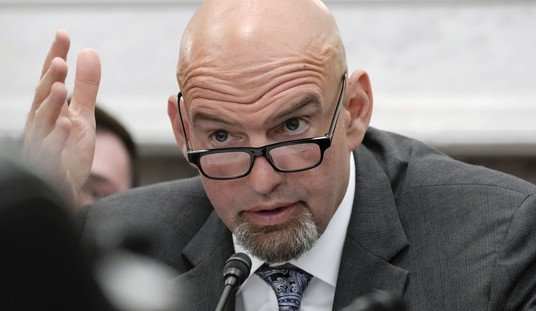Even if all you care about are federal elections, the 2018 state elections matter, as they begin to determine who will do the redistricting after the 2020 census!

Texas Governor Greg Abbott speaks at the Dallas Regional Chamber at the Hyatt Regency Hotel on March 16, 2015. He spoke on the 2015 State of the State. (Michael Ainsworth/The Dallas Morning News)
Here are the key battleground states:
Alaska: Without US House districts, Alaska still has state issues to worry about, ones Republicans could have a keen interest in. Republicans control the Senate 14-6, but despite Republicans having a 21-19 advantage in the House, Democrats pulled three Republicans (Gabrielle LeDough of Anchorage, Paul Seaton of Homer, and Louise Stutes of Kodiak) to defect and give Democrats control of the chamber. Republicans will want that back, having controlled it for 22 years before those defections. As for the Governor, “Independent” Bill Walker is running again, having abandoned the GOP to undermine conservative Sean Parnell.
Colorado: Another key swing state. Republicans cling to a 18-17 advantage in the Senate, but Democrats lead 37-28 in the House, and Democrat Governor John Hickenlooper is termed out. The next two elections in the state should get national attention from both parties.
Connecticut: Surprisingly close, the Senate is tied 18-18 and the House barely Democrat-run at 79-72, with Democrat Governor Dan Molloy not running for re-election. With the current Connecticut House delegation 5-0 for the Democrats, a more balanced redistricting could help Republicans.
Delaware: The House is out of reach at 25-16, but Republicans might want to get ahold of the Senate, which barely tilts to the Democrats at 11-10. Though redistricting is not at stake here, so this is purely a state matter. The Governor is not up for election.
Maine: Republicans have a good standing in the second district, having won the last two House elections as well as the last Presidential election there. Maintaining a close legislature could be key to that (Republicans control the Senate 18-17, Democrats the House 75-71-5 others). Governor Paul LePage, racist Trumper, is termed out after winning some three-way races.
Nevada: This used to be a somewhat Republican friendly state, but it’s changing. Democrats barely hold the Senate 10-9, but have a bigger 27-15 House advantage. Republicans at least want the Senate in order to keep the US House situation there from deteriorating. Republican Governor Brian Sandoval is termed out, additionally.
New Mexico: Democrats are up 38-32 in the House there. Republicans have had less success in the rural state than they’d like, and might want to look for gains there, despite Republican Governor Susana Martinez being termed out (This trend is due to the wave of Republican success back in 2010).
New York: The state is smaller than it used to be but is still large and elects many Republicans. The Assembly is a Democrat wipeout at 107-42-1, but the Senate has been on a razor’s edge for years, currently split Democrat-Republican evenly, with coalitions keeping Republicans just barely in charge. With as many districts as are in the state, this is a must-keep for Republicans. Democrat Governor Andrew Cuomo is running for another term before his likely Presidential run.
Virginia: Technically Virginia is having elections this year, not next year, but it still matters. The Senate is reachable by the Democrats at a small 21-19 Republican advantage. With a one term limit, the race for Governor is always an open seat. Redistricting in the state matters, though the 66-34 House of Delegates gives Republicans a backstop.
Washington: Another sleeper close state. Redistricting is by committee, but when Republicans hold a 25-24 Senate edge (elected 25-24 the other way, but one Democrat caucuses Republicans), and Democrats are up 50-48 in the House, that’s a nail biter battleground. The Governor is not up for election.
In conclusion, there are many races at the state level this year that could swing the US House of Representatives by dozens of seats altogether over the next decade. If you care about that, then it’s a good idea to get involved at the state level now.














Join the conversation as a VIP Member